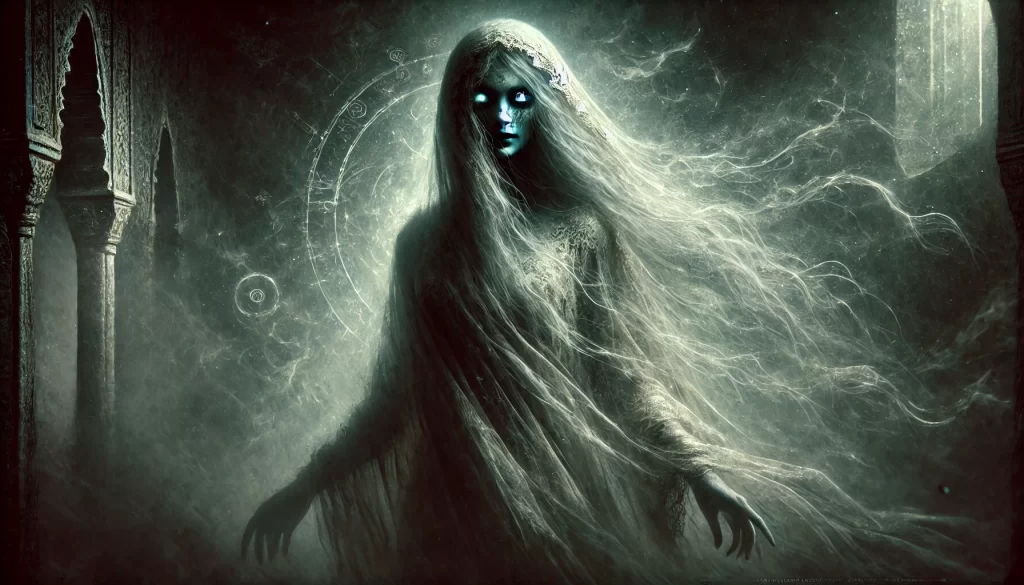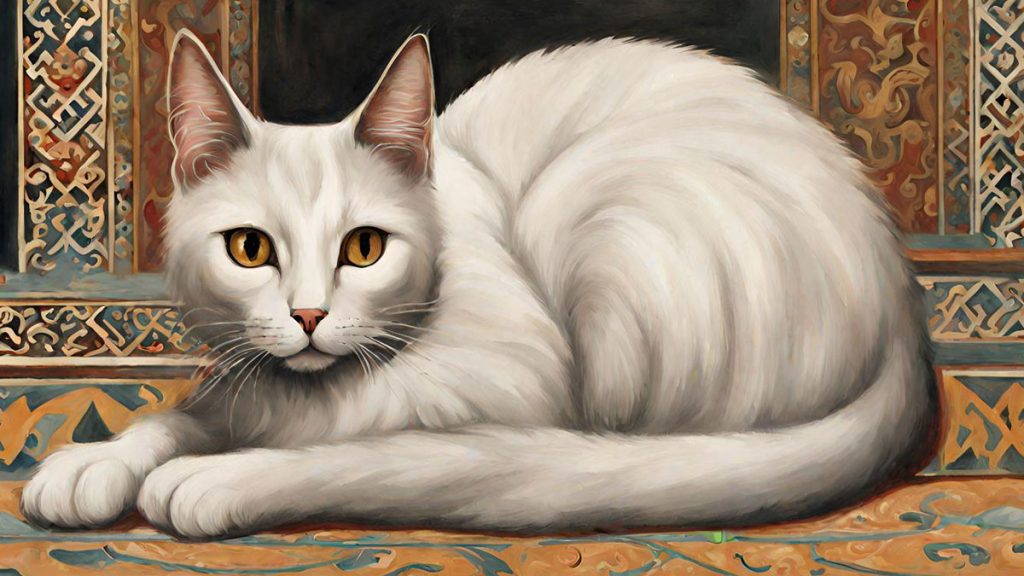The qarinah is a spiritual or demon-like being found mainly within Islamic communities in the Middle East and North Africa. It is associated chiefly with Arabic and Islamic culture, but its roots trace back to ancient Egypt and Jewish sources. In fact, the qarianh may go all the way back to the Sumerian and Babylonian civilizations, and its legend parallels that of the succubus from Western cultures.
The qarinah, sometimes spelled as qarina or in its male equivalent,qarin, is seen as a devil or jinn-like creature that latches onto a human and remains with them, possibly until their death. It is a malevolent force that exhibits great jealousy and sabotages their relationships with other humans. A qarinah will not allow its human to marry.

These spiritual beings are often confused with the qareen. The qarinah and the qareen have many similar attributes and many sources merge them together. The key difference is the qarinah behaves like a succubus, specifically targeting a human and forming a destructive relationship with their victim. In contrast, the qareen is a spiritual companion or double that all humans have. The qareen is more grounded in Islamic tradition, whereas the qarinah is thought more likely to have roots going back millennia across the Middle East.

According to Arabian mythology, the qarinah are invisible to the majority of people except those with a second sight. They often appear as a household pet, like a dog or a cat. In this respect, they are similar to jinn but are usually not classed as one of these supernatural beings.
Jealous Qarinah destroy relationships and kill children
The qarinah can be blamed for most relationship problems, from causing a man and a woman to stop loving each other to even killing unborn fetuses and live babies. The qarinah reportedly have sexual relations with their human when they are sleeping. In this respect, the qarinah is likened to the succubus in Western legend.
Author On Barak wrote about the case of a young Egyptian peasant woman who was found dead on railroad tracks in 1916. She had been hit by a train. The woman was wearing a blindfold that investigators concluded she had tied herself. An account written at the time of the incident suggested the woman may have deliberately laid down in front of the train.

This woman’s demise was likely due to a popular belief that childless women could aid fertility by instilling fear, which would increase blood flow to the womb. Women would attempt to simulate fear by lying on the railroad tracks, hoping the train would pass over them, leaving them unharmed.

However, the account also documented that some women believed their fear would cause their qarinah to re-insert the souls of past deceased babies into their wombs.
Origin of the Qarinah has roots going back 6000 years
One theory on the origin of the qarinah is she came out of the story of Lillith from early Jewish literature. Some versions of the Hebrew Bible state that God created Lillith before Eve as a partner for Adam, but she left the Garden of Eden or was thrown out after insisting she be treated as equal to Adam.
During the early years of Islamic literature, Lillith became a qarinah, a woman spurned by Adam who came to hate humans. She acted on this hatred by attempting to kill babies in the womb or attacking them after birth and making them sick. The qarinah also made men impotent.

According to Robert Lebling, writing in Legends of the Fire Spirits, Islamic tradition stated that Lilith was a qarinah who mated with Iblis, the devil, and gave birth to multiple jinn. Some sources suggest this Qarinah was the mother to all jinn.
Lebling states that Lilith can be traced back to Sumerian and Babylonian legends, first appearing as Lilitu, a storm or wind demon that emerged in Sumer around 4000 BC. In the 20th century Lilith became something of a feminist icon.

Lilitu turned into Lilith, who later transformed into the qarinah, shadowing humans and wreaking havoc on their lives and relationships.
References
Barak, On. “On Time: Technology and Temporality in Modern Egypt,” (2013), University of California Press, accessed April 3, 2024.
Lebling, Robert. “Legends of the Fire Spirits,” (2010), I.B. Tauris, accessed April 3, 2024.
McBrayer, Mary Kay. “Feminist Icon Or Evil Succubus?: Everything You Need To Know About Lilith,” in Neonsplatter.com, accessed April 3, 2024.
Norman, Mark and Norman, Tracey. “Dark Folklore,” (2021), History Press, accessed April 3, 2024.
Trimingham, J Spencer. “Islam In The Sudan,” (1946), on Internet Archive, accessed April 3, 2024.
